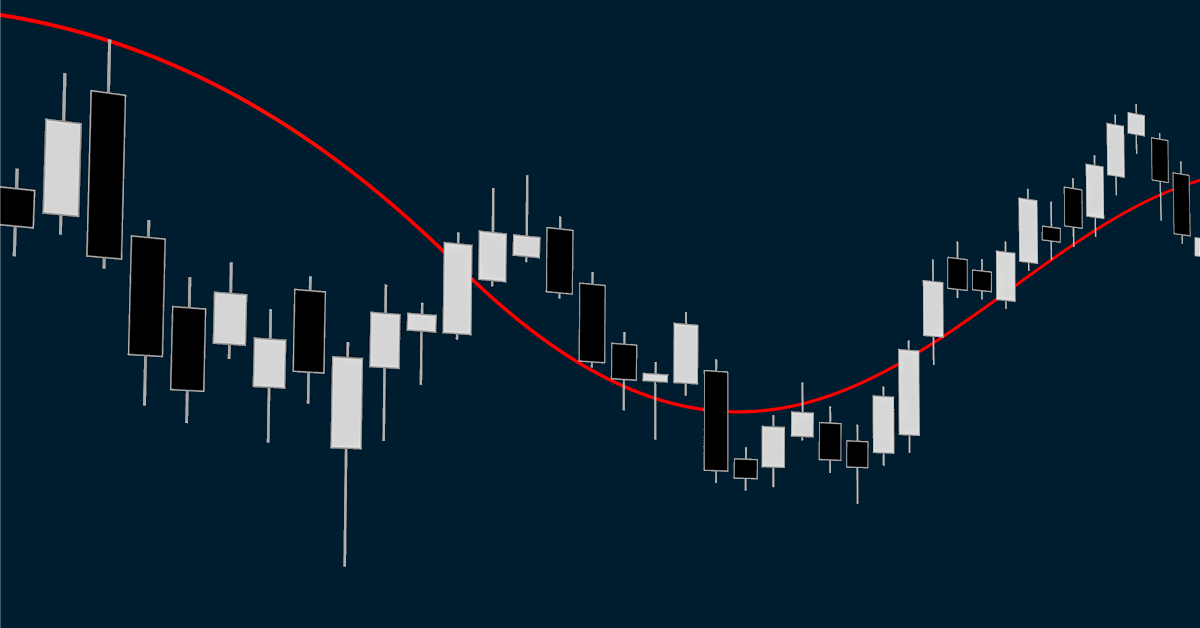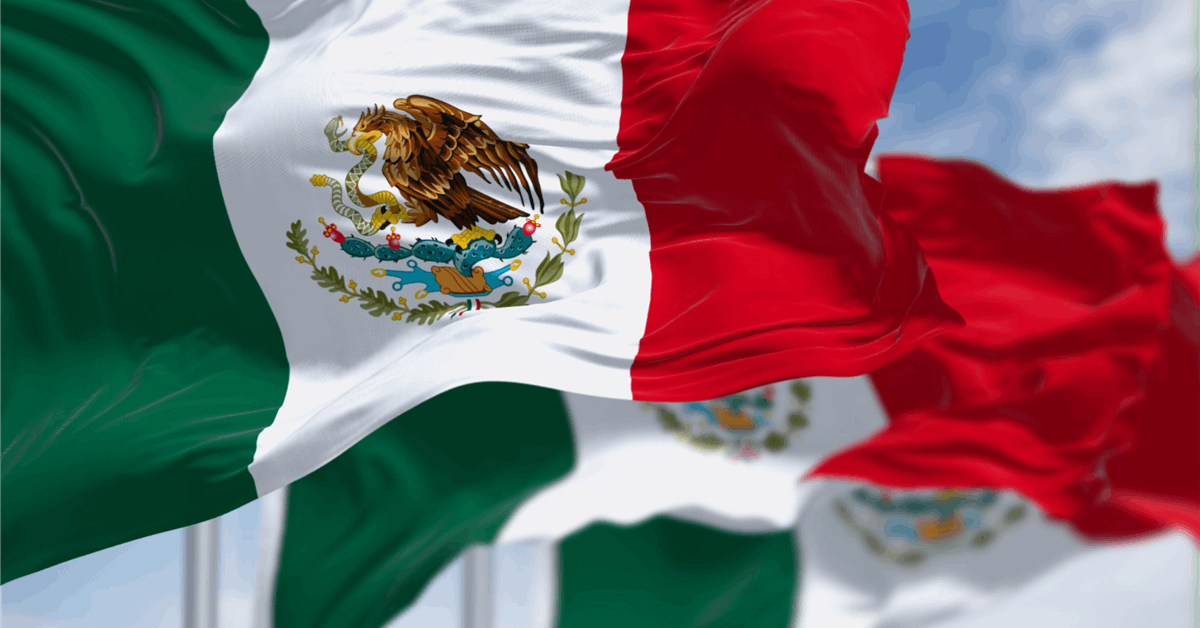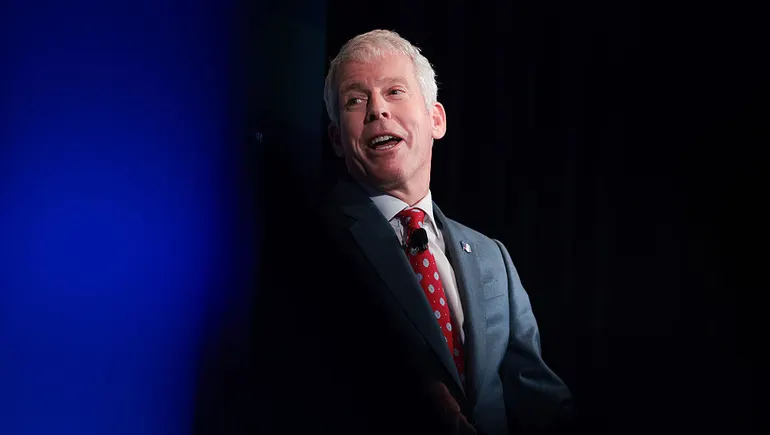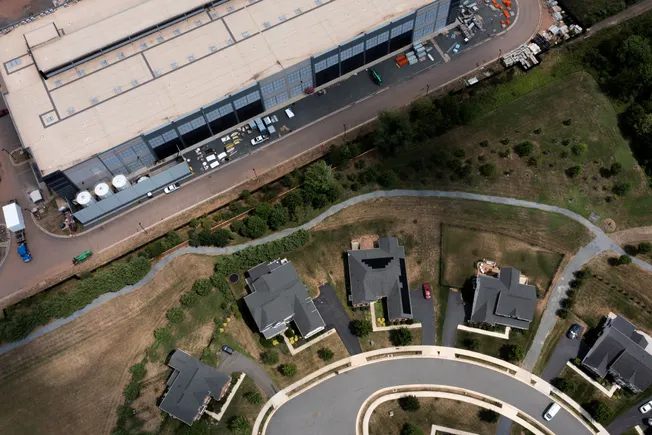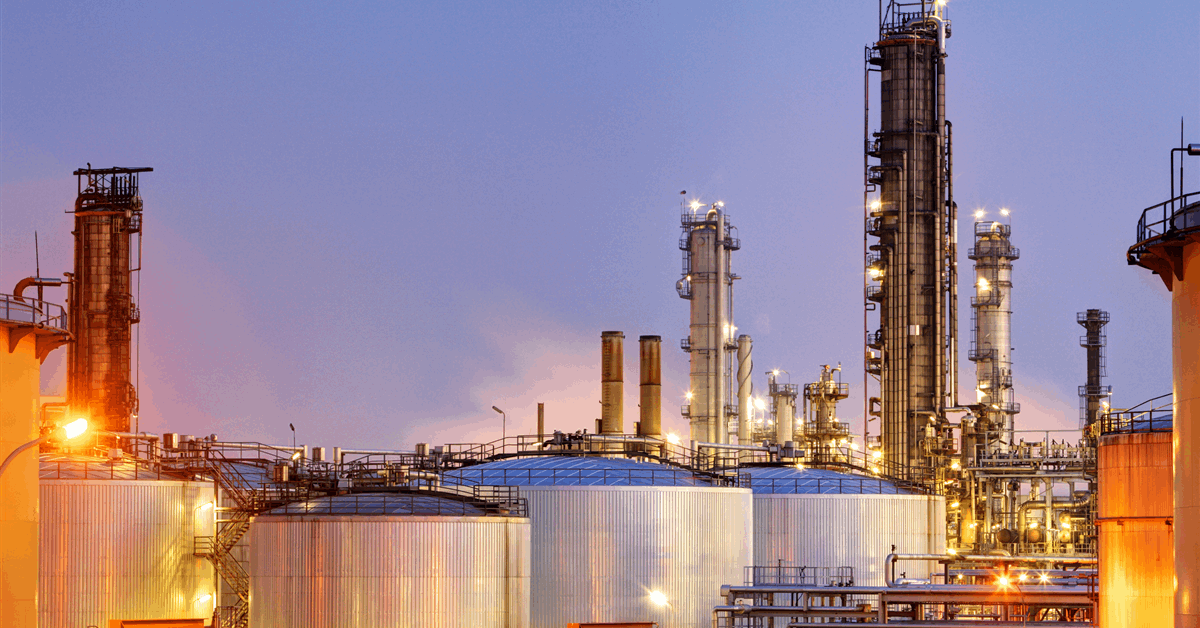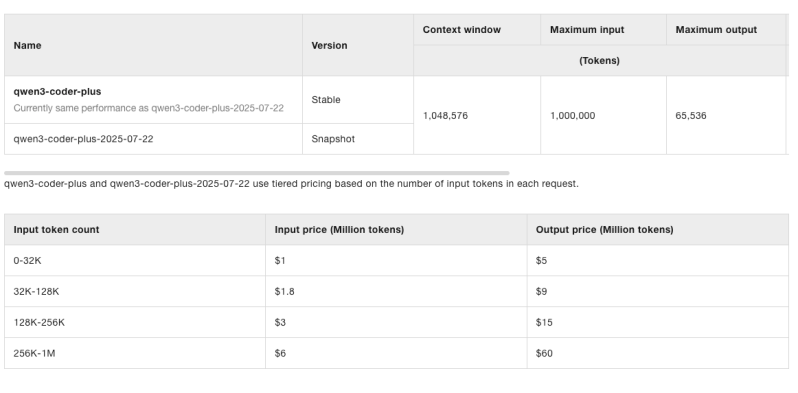
Baker Hughes Co. on Tuesday reported $623 million in adjusted net income for the second quarter, up 22 percent quarter-on-quarter and 10 percent year-on-year thanks to improved productivity.
Its adjusted earnings per share of $0.63, assuming dilution, beat the Zacks Consensus Estimate of $0.55. Baker Hughes declared a dividend of $0.23 per share for Q2 2025.
Before adjustment for nonrecurring items, net profit came at $701 million, up 74 percent compared to the prior three-month period and 21 percent against Q2 2024.
Revenue rose eight percent sequentially but fell three percent year-on-year to $6.91 billion. The year-on-year decline was due to lower revenue from the oilfield services and equipment (OFSE) segment ($3.62 billion), partially offset by a higher contribution from the industrial and energy technology (IET) segment ($3.29 billion).
OFSE revenue from North America and Latin America totaled $928 million and $639 million respectively, while $653 million came from Europe, Sub-Saharan Africa and the CIS region. All three geographical divisions saw sequential increases but year-over-year declines. OFSE revenue from the Middle East and Asia dropped both quarter-on-quarter and year-on-year to $1.4 billion.
OFSE orders in Q2 2025 totaled $3.5 billion, up seven percent quarter-on-quarter but down 14 percent year-on-year.
IET orders totaled $3.53 billion, up 11 percent quarter-on-quarter and two percent year-on-year. Gas technology services had the highest contribution at $986 million, followed by climate tech solutions at $923 million.
“The company continued to support the development of critical data center projects, with year-to-date data center awards of more than $650 million”, making up for the absence of large awards from liquefied natural gas projects, Baker Hughes said.
Operating activities logged $510 million in cash flow, down 28 percent quarter-on-quarter but up 47 percent year-on-year. Free cash flow was $239 million.
Adjusted earnings before interest, taxes, depreciation and amortization (EBITDA) landed at $1.21 billion, up 17 percent quarter-on-quarter and seven percent year-on-year.
“The sequential increase in adjusted net income and adjusted EBITDA was primarily driven by an increase in volume, favorable FX, and overall productivity”, Baker Hughes said. “The year-over-year increase in adjusted net income and adjusted EBITDA was driven by productivity and structural cost out initiatives, favorable FX, partially offset by lower volume in OFSE, and cost inflation in both segments”.
Baker Hughes chair and chief executive Lorenzo Simonelli said, “We delivered strong second-quarter results, with total adjusted EBITDA margins increasing 170 basis points year-over-year to 17.5 percent despite a modest decline in revenue”.
“This performance reflects the benefits of structural cost improvements and continued deployment of our business system, which is driving higher productivity, stronger operating leverage and more durable earnings across the company”, Simonelli added.
Baker Hughes had $17.62 billion in current assets including $3.09 billion in cash and cash equivalents at the end of Q2 2025.
Meanwhile it registered $12.52 billion in current liabilities including $66 million in short-term debt.
To contact the author, email [email protected]
What do you think? We’d love to hear from you, join the conversation on the
Rigzone Energy Network.
The Rigzone Energy Network is a new social experience created for you and all energy professionals to Speak Up about our industry, share knowledge, connect with peers and industry insiders and engage in a professional community that will empower your career in energy.
MORE FROM THIS AUTHOR





